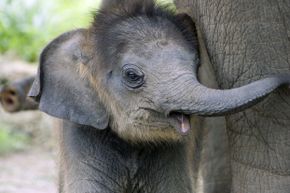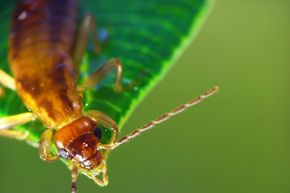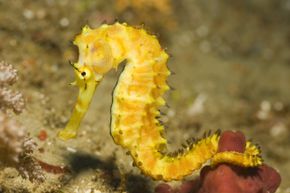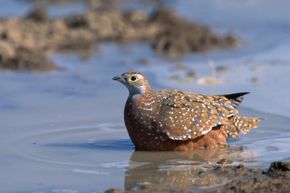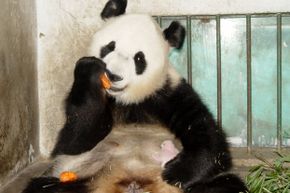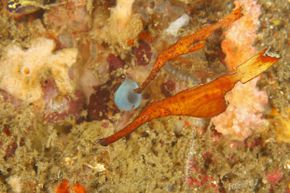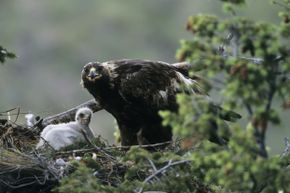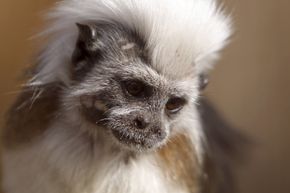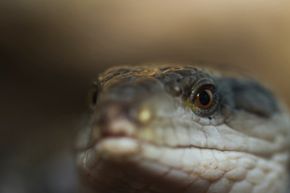We humans do weird stuff as parents, but we keep good company. Animals the world over have some fascinating ways to cope with raising babies, and some of those practices prove shocking.
We'll encounter a few parental systems that humans might envy, like having 24-hour babysitters or selfless dads who will travel miles to give baby much-needed water every day. Other parenting behaviors are a little less endearing. From neglect to straight-up infanticide, you'll be reminded that nonhuman animal parents aren't trying to get their kids into the best preschool; they're just trying to ensure survival.
Advertisement
So grab your judgey parenting hat, and let's start with some surprisingly sweet pachyderms.

